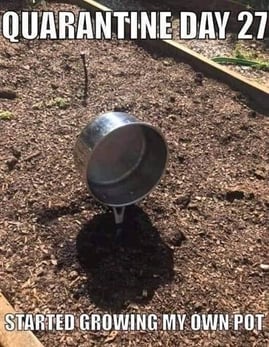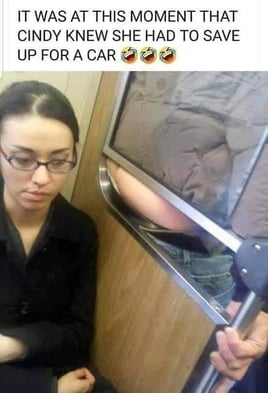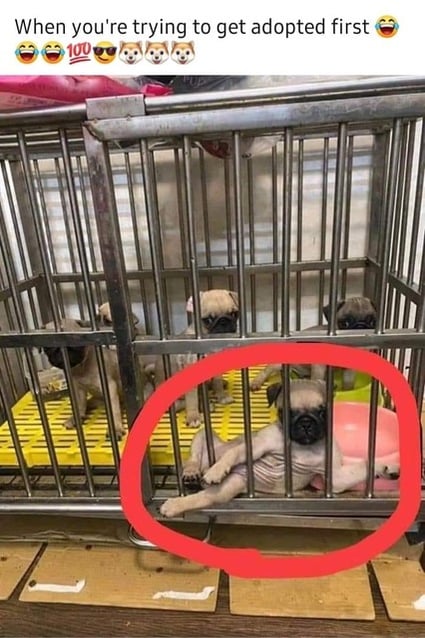 In a recent tombstone, George Smith Partners, in their wonderful, free newsletter, FinFacts, wrote:
In a recent tombstone, George Smith Partners, in their wonderful, free newsletter, FinFacts, wrote:
"George Smith Partners secured a $4,690,000 construction loan with a 2-year term, that converts to a 5-year permanent loan upon completion of construction, for a total term of 7 years. The loan is for a medical office building in Oxnard, CA."

"The construction loan floats at Prime plus .5%, with a floor rate of 3.75%, and the mini-perm is expected to have a fixed interest rate of 3.65%. The mini-perm carries a step down prepayment, but there is no prepay during the construction term, allowing the borrowers to secure more advantageous capital depending on the capital markets."
You are reminded that a tombstone is a closing announcement describing a commercial real estate loan just closed or arranged by the publisher (lender or broker). Yes, a broker can create and distribute tombstones!
Tombstones are a fantastic way to market for commercial loans because they show (1) that the commercial lender is "in the market" and actively making commercial loans; and (2) borrowers needing similar loans are drawn to the lender to close their own deals.

For example, if you were looking for a large construction loan on a medical office building right now, you would know to apply to my friends at George Smith Partners.
The next time I update my commercial mortgage marketing course, I need to remember to add a section on tombstones. Email tombstones have been fabulously successful for my own commercial hard money shop, Blackburne & Sons.
Okay, but what is a mini-perm? To understand a mini-perm, you must first understand a permanent loan.

A permanent loan is a first mortgage, secured by a multi-family or commercial property, with a term of at least five years and at least some amortization. A permanent loan cannot just have interest-only payments for the entire term. There must be some principal pay down, usually using a 25-year amortization.
It is still possible to have a permanent loan, with the first year or two (no more) having just interest-only payments. Prior to Great Recession, conduits were making permanent loans with interest-only payments during the first two years. A few such loans were actually made in 2007 with interest-only payment for the first three years.
During the Great Recession, commercial real estate fell in value by 45%, and these high-leverage, partially-interest-only conduit loans got absolutely hammered. As Dr. Phil might say, "How did that work out for you?" Hahahaha!

I am expecting the Coronavirus Crash at any moment. It's been 12 years since the Great Recession, and real estate seems to crash every ten to fourteen years. When it does, it has historically crashed by almost exactly 45%.
Forty-five percent is how much commercial real estate fell during the S&L Crisis, the Dot-Com Meltdown, and the Great Recession. I have been preparing my private investors to start buying well-located commercial real estate once it has fallen by 35%. You never catch the absolute bottom.
Okay, now that we know what a permanent loan is, we can now tackle the mini-perm.

A mini-perm is a first mortgage on multifamily or commercial real estate - made by a lender with low, A-quality, interest rates, like a bank, S&L, or credit union - that has a term of less than five years.
Most mini-perms have a term on two years, although terms of one year and three years are also reasonably common.
In the old days, when interest rates varied, mini-perms were floating rate loans, typically tied to either prime or LIBOR. Nowadays, commercial lenders are desperate for yield, and interest rates have been falling for more than a decade. Therefore, many mini-perms are now written with a fixed rate.

Who makes mini-perms today? Most mini-perms are made by commercial banks and their lookalikes - savings banks (S&L's) and credit unions.
When are mini-perms used? You see them most often as part of a construction loan. The bank gives the developer a 12-month or 18-month construction loan, followed by a mini-perm takeout loan, made by the same bank, with a two-year term. This gives the developer two additional years in which to find tenants.
From the bank's point of view, the bank gets to charge one point for the construction loan, plus another one point for the mini-perm forward takeout commitment. The bank might charge another 1/2 point or 1 point if the mini-perm ever funds.
Bona fide Game of Thrones dragon

A forward takeout commitment is just a very expensive letter that promises to deliver a takeout loan in the future if the property is built according to plans and specifications and leased at the target rental rate. The typical forward takeout commitment will cost a developer one to two points, plus at least one additional point if the loan ever funds.
Okay, what's the difference between a first mortgage bridge loan and a mini-perm? The two loan types look very similar to me. Maybe it's a prestige thing. Yucky, shark-like hard money lenders and mortgage funds make bridge loans. Hoity-toity banks make mini-perms.
But perhaps there really is a difference. Bridge loans are typically made quickly to borrowers in a little bit of a jam. In contrast, banks just saunter down to make mini-perms, taking their sweet, 'ole time.
Centerfold in the latest Play Puppy.
Mini-perms are also about 2% to 3% cheaper than even the cheapest bridge loan. The reason why is that even the largest bridge lenders borrow from bank to get their dough to make their bridge loans, so obviously the bridge lender has to charge a rate higher than the bank, in order to make a profit.
Anyone catch the mistake in the above tombstone from George Smith Partners? In one paragraph, they call the takeout loan a permanent loan. In the next paragraph, they call the takeout loan a mini-perm. The correct term is probably a permanent loan because the loan has a term of five years.
Perhaps the takeout loan only had interest-only payments, making it a mini-perm. Perhaps the rate is intentionally a little high for a permanent loan, in order to encourage the borrower to seek permanent financing elsewhere. That would arguably make it a mini-perm too.
On a Personal Note:
I absolutely love the free network on my Fire TV named IMDB. The shows and movies are free; but you have to watch commercials. The good news is that the commercial are very short, and IMDB does not overdo it.
Right now my wife and I are watching the old Western, The Quick and the Dead. Sharon Stone, back twenty-five years ago, must have been one of the most beautiful women on Earth. The ladies also get some great eye candy too - Leonardo DiCapprio, when he was just a few years older than when he made Titanic.
Cisca and I are also watching the TV series, on IMDB, called Unforgettable. The show stars Poppy Montgomery, as a police detective with a perfect memory. Poppy really hit the gym before making that show. Fit-and-toned arms and shoulders on a woman can be very attractive.





















